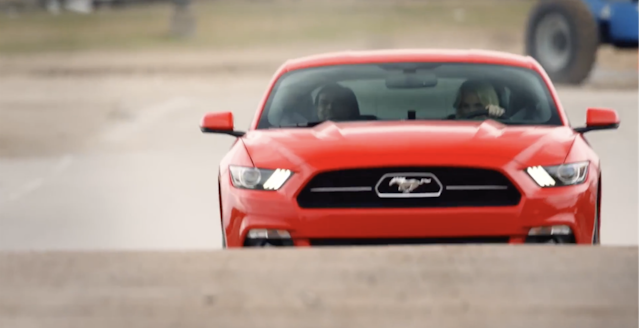Not all women want minivans
All too often advertisers make assumptions instead of data-based decisions on what consumers want and how to market it to them. Consider the auto industry as a prime example.

With the end of the year nearing, car dealerships are working feverishly to move cars off their lots to make room for new stock. But as they devise their marketing strategies, many are missing the mark with half of their audience: women.
Women influence the vast majority of automotive purchases. Yet, a recent study by TI Media reveals that nearly three-quarters of women believe the automotive industry doesn’t understand them as consumers. The survey also found that 41% of women think car ads are mostly aimed at men.
It’s time automobile manufacturers and dealerships stop overlooking female buyers, and worse, making assumptions about what women want, and don’t want, in a vehicle.
There is no shortage of contextually targeted car ads, but brands are casting a narrow net. One study even shows that luxury car dealers should be working harder to attract millennial women instead of older men, but I don’t think dealers see it that way.
To build relationships with and engage female buyers, car manufacturers and dealers need to expand their distribution strategies beyond automotive-related content. And while the days of blatant sexism are (mostly) behind us, automotive advertisers need to be sure that ad creative reflects the diverse criteria that informs decision-making, regardless of gender. There is a reason Cadillac’s 2008 ad campaign featuring Kate Walsh is so memorable. It embraces Walsh’s beauty, femininity, and most notably, power.
Thinking beyond the expected
Auto brands need a strategy that is equal parts data and emotion. Ford got the memo. It used an elaborate prank tied to Valentine’s Day to promote its Ford Mustang and crush the cliché that women are bad drivers. Ford asked unsuspecting guys to go on a blind date with a professional stunt driver who speeds off with them in a red Mustang. The guys’ reactions will make you laugh out loud. Kudos to Ford for remembering its female audience and using humor and creativity to reach them in a memorable way.

First-party data and market research serve as a baseline, but you need to go deeper and think beyond age and gender. This means bolstering targeting with third-party datasets, including data on prospects’ interests, past purchases, and search history, so you can target the right women with the cars that meet their interests.
If someone is reading mom blogs and searching for car safety ratings, then by all means, promote your family-friendly vehicle with the spacious trunk and proactive crash protection technology. But don’t automatically serve that creative to every female. There are plenty of women who would love to have been the driver doing donuts in that red Mustang.
Your prospect could care about speed, fashion, fuel efficiency—or all three. Studiesshow that female car buyers are meticulous researchers and less likely to make impulsive decisions or be swayed by aesthetics than their male counterparts. Advertisers have an opportunity to use programmatic — specifically, dynamic creative — to target female users with native ads customized to their predicted auto preferences, device usage, shopping behaviors, even color preferences.
Yes, advertisers need data. And most have the data they need to understand each buyer’s unique preferences and behaviors. But they also need human expertise, so they can interrupt that data. Advertisers — in the auto industry and elsewhere — should use that data and intuition to personalize both targeting strategy and creative, so they can have a more genuine conversation with buyers, rather than relying on sweeping generalizations.
Krysta Cain is director, operations, at Causal IQ

